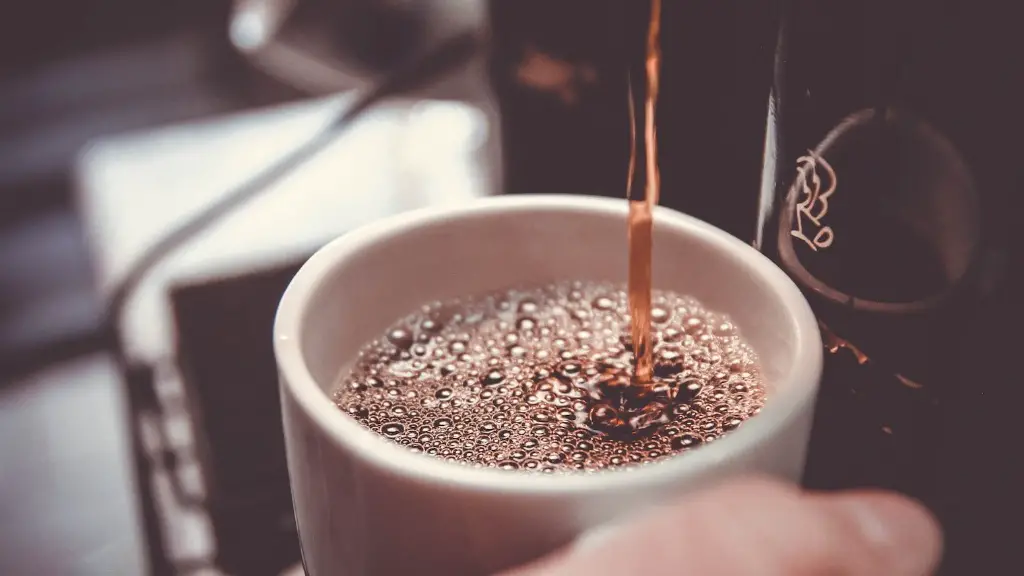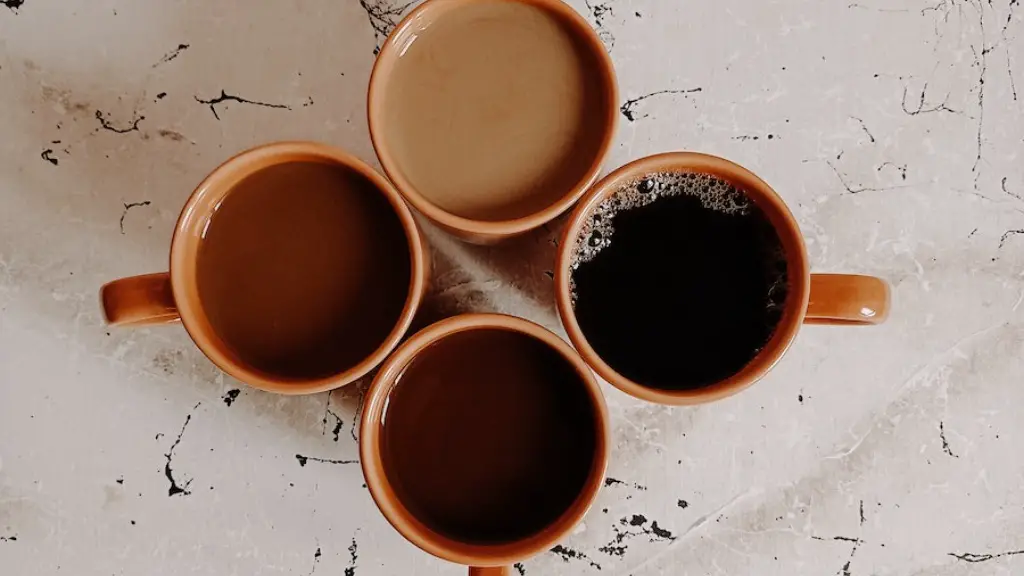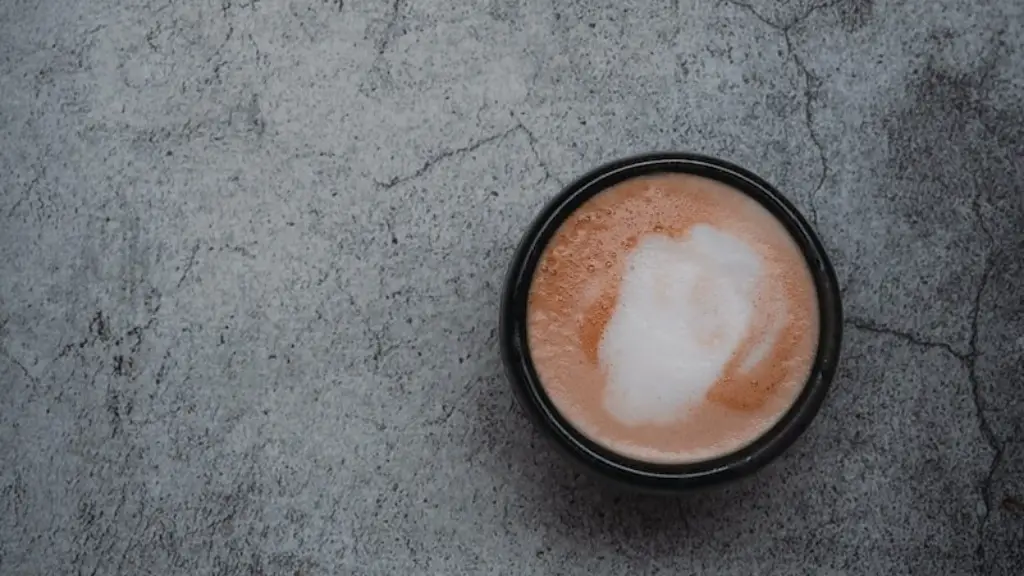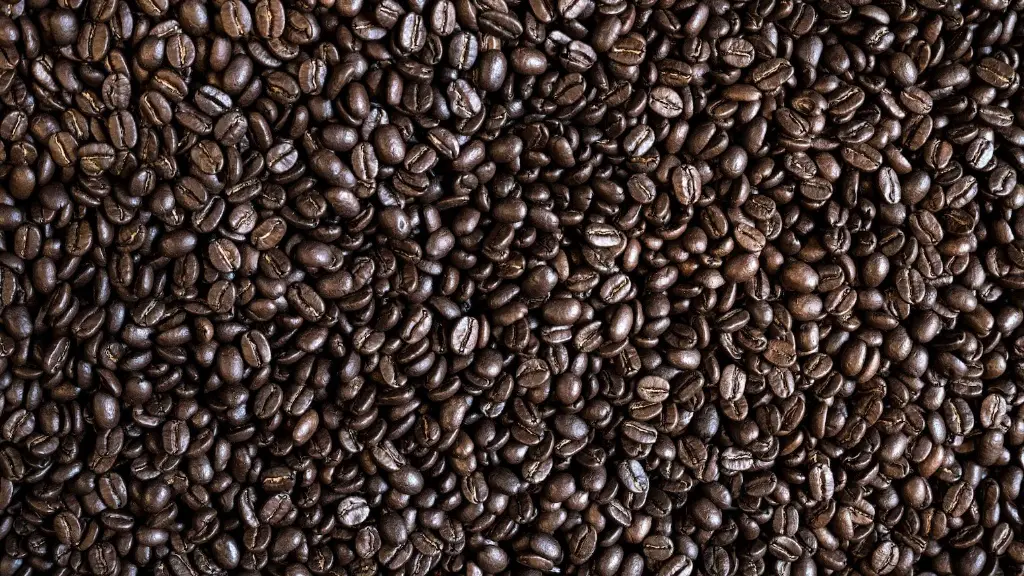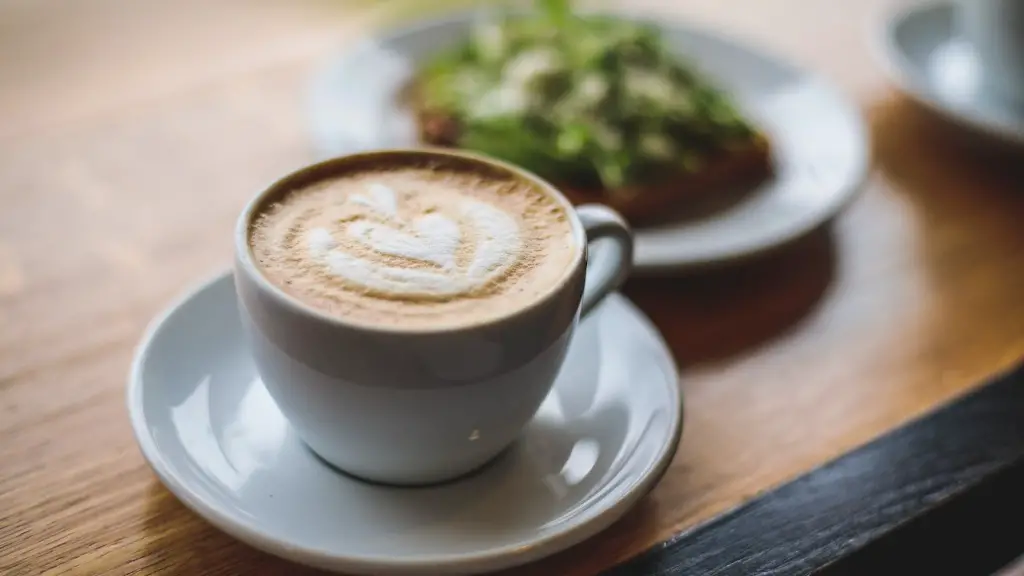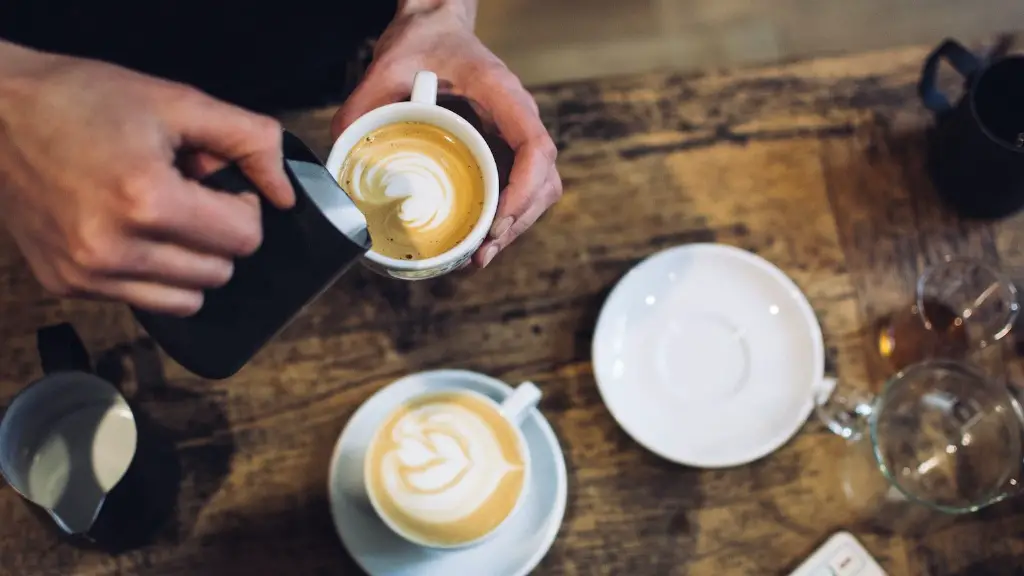According to the National Coffee Association, 64% of Americans drink at least one cup of coffee a day. This statistic demonstrates that Americans enjoy sipping their cups of cappuccino and espresso, not to mention the old-fashioned cup of joe. For many, a cup of coffee symbolizes more than just perking up; it’s a way of life.
The range of coffee consumption varies among different age groups as well. A whopping 87% of adults between the ages of 18-24 claim to consume coffee every single day. The percentage declines with age; only one in three of individuals over 65 confessed their coffee habit.
The reasons why individuals drink coffee could be attributed to the caffeine effects on our cognitive abilities. The consumption of coffee energizes us, makes us more productive and alert. Moreover, it is a social activity; Americans love to bond over giving each other compliments about the coffee they are drinking, whether it be espresso, macchiato, or mocha.
Coffee consumption is believed to have numerous health benefits associated with it. According to one study, drinking several cups of coffee daily can reduce the mortality risk up to 15%. Other studies suggest coffee might minimize the potential for developing Diabetes Type 2, Alzheimer’s disease and Parkinson’s disease.
Coffee is popular among Americans; the question is, how much coffee do they consume on a daily basis? Although 64% of Americans are drinking coffee every day, some might be a bit more eager about their daily dose than others. A recent survey shows that an average American drinks two to three cups of coffee daily.
However, some assume it’s way above the average. In spite of the fact that a majority of the population drinks at least one cup, there are probably some individuals who drink inordinate amounts of coffee. It has been documented that drinking too much coffee can lead to insomnia and other side effects such as dizziness and dehydration. Therefore, it is recommended to consume no more than 4 cups of coffee each day.
Paths to Coffee Consumption
According to a survey by the National Coffee Association, almost 63% of Americans prefer to purchase beverage-ready coffee grounds, while 22% opt to grind their own beans. Surprisingly, there is only 15% of the population who purchase pre-ground coffee from a store.
One of the main reasons why Americans are not willing to buy pre-ground, such as for believing their coffee tastes better when ground manually, or for claiming freshness. In fact, freshness defends a crucial role in ensuring great-tasting coffee; the oxidizing process begins right after the beans have been ground. Thus, buying whole beans and grinding them right before brewing allows consumers to optimize the flavor and aroma of their cup.
On the other hand, preparing ground coffee is much easier than grinding, since many grinding methods require technical skills; thus, it can be a challenge for some who are afraid of messing up or don’t want to take the time for trial and error. As a result, the pre-ground option is an effortless consolation for those who seek a cup of coffee with minimum fuss.
It is also a significant factor for the price. Pre-ground coffee beans are typically cheaper than whole beans; because of their pervasiveness, the cost is lower due to the economy of scale. Although, in the long run, grinding your own coffee beans can yield substantial savings.
Factors That Affect Taste
Approximately 50% of the overall taste of coffee can be attributed to the given roasted beans, whereby the water plays a significant role in the remaining taste. The reason why different water impacts the taste of coffee is because minerals such as calcium, magnesium, and sodium are crucial components that contribute to the flavor profile.
Usually, hard water has more minerals, causing more saturation; therefore, it can ruin the taste of your coffee. On the contrary, soft water has fewer minerals and can sometimes lead to coffee that is not adequately extracted, leading to coffee with a weak body and a sour taste to coffee beans. It is ideal to use water that falls in the middle of these two cases.
In addition to water, the temperature also influences the flavor of coffee. Different types of espresso machines require different levels of water temperatures. For instance, french-presses benefit from a lower temperature, while espresso brewers need higher water levels. If the water is too hot, it will dissipate the coffee’s natural oils and create an over-extracted cup of coffee.
Using the correct grind size is also a major element in making great-tasting coffee. If the beans are ground too coarse, the water will pass through the grounds too quickly, leading to a weak-tasting cup. On the other hand, too fine of a grind will cause the water to linger, resulting in over-extraction.
Furthermore, brewing time has consequences on the flavor of the coffee. If the brewing time is too short, it will produce an under-extracted cup of coffee, whereas a longer time will lead to an over-extracted cup. It is necessary to find a sweet spot for the brewing time for coffee in order to get the best-tasting coffee.
Coffeehouse Traditions
Many Americans appreciate coffee so much, that it has become part of our culture and tradition. For many, coffee brewing goes beyond the process of sipping their cup of good java. It has become an inseparable part of their daily routine where one can take a moment to relax and relax.
Coffeehouses have a major role in the coffee phenomenon. A survey by the National Coffee Association claimed that more than three-fourths of Americans have visited a coffeehouse in the previous month, compared with 68% in 2018. It appears that going to a coffeehouse is one of America’s favorite pastimes.
Moreover, one of the reasons why San Francisco is known as a great city to live in is because of its world-famous coffeehouses, providing a great opportunity to take a break and enjoy a cup of java. According to some, the coffee tradition began at cafes and bars in San Francisco, in the late 19th century, where individuals from diverse backgrounds could gather to bond over a delicious cup of coffee.
Coffee has also been used as a way to start a meaningful conversation. Discussions about the most recent sports team, a book, political affairs, and even art can be explored over a cup of cappuccino. Thus, a cup of coffee can create a connection between two individuals who would have never known each other otherwise.
Coffeehouses also provide spaces where people can gather in a relaxed environment where they can talk and truly listen to each other’s stories without interruption. Other than stimulating conversation, some also treat themselves with a pastry or a small snack while they talk, promoting a sense of comfort that is hard to find in modern times.
Takeaways
A recent survey reveals that almost two thirds of Americans enjoy their daily cup of coffee. This confirms that despite the dangerous potential of too much caffeine, drinking coffee has become a part of our daily lives, a tradition, a culture, and a shared moment.
In addition, many Americans are reluctant to buy pre-ground coffee and prefer to grind their own beans in order to achieve the perfect-tasting cup. Nonetheless, those who purchase pre-ground coffee beans should also be aware of the quality of the water, water temperature, grind size, and brewing time in order to have a delicious cup of coffee.
Finally, it isn’t only about drinking coffee but also about the experience. Visiting a coffeehouse has become a great way to escape the stress of the world, a safe place to endure meaningful conversations, while connecting with people from diverse backgrounds.
